FIAC is excited to announce the launch of the inaugural edition of FIAC Online Viewing Rooms. Powered by Artlogic – the industry leader in digital technology for the art world – this new online platform will host some 200 galleries, both emerging and established, in the fields of contemporary art, modern art and design. Discover some of them !
For the painter Blaise Drummond everything starts with photographs. For this painting, which extends the body of work presented in the exhibition “A History of Hope” at the Loevenbruck gallery in 2018, it was the photographic archives of Black Mountain College that caught his attention this time. Drummond is in the habit of seeking out the subjects of his paintings in the history of modernism, icons of which he then transfers into a new setting of harmonious and peaceful natural scenery. British artist, born in Liverpool in 1967, Blaise Drummond, who lives and works in County Longford (Ireland), has been represented by the Loevenbruck gallery since 2002. His works were notably exhibited at the Le Corbusier Foundation, at the Irish Cultural Center or at the Regional Museum of Contemporary Art Languedoc-Roussillon.
The work of Bruno Peinado is emblematic of this young century. Responding to the multiplicity of our world, the artist works with modes of montage involving hybridisation and the friction of referents and mediums, thereby provoking poetic and political connections that are open to interpretation. Briller et disparaitre, le spectacle d’un feu is a site-specific installation that comes out of a cycle of pictorial researches begun in 2016 at the Regional Museum of Contemporary Art Occitanie / Pyrénées-Méditerranée in Sérignan with the artist’s choral project “Il faut reconstruire l’Hacienda.”
Philippe Mayaux (France, 1961) describes himself as a “fourth generation surrealist.” His artwork is a singular and category-defying mix underpinned by a mosaic of historical and contemporary references (Surrealism, Dada, Pop, Psychedelia, etc.). “In this painting I pay homage to the landscape of the Mona Lisa, that fantastical and allegorical natural setting that frames the famous portrait. Generating a pictorial chaos made up of blotches and random imprints, I begin by trying to reach the forgotten time of the origins, of spontaneous chaos, and then I reinvent the forms thrown up by that confusion, to produce a picture of a world that seems to have been abandoned by humanity and is bereft of its presence.” – (Philippe Mayaux)
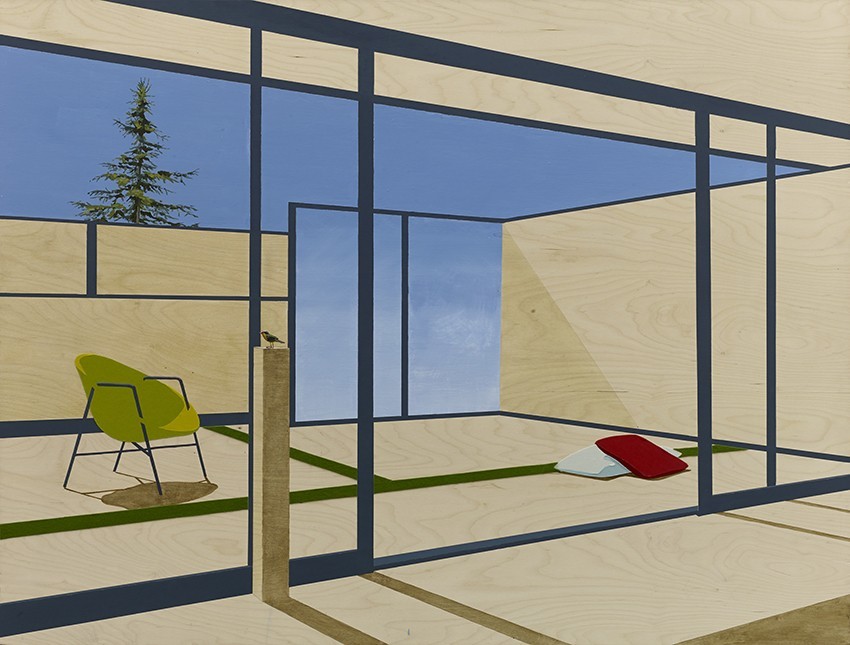
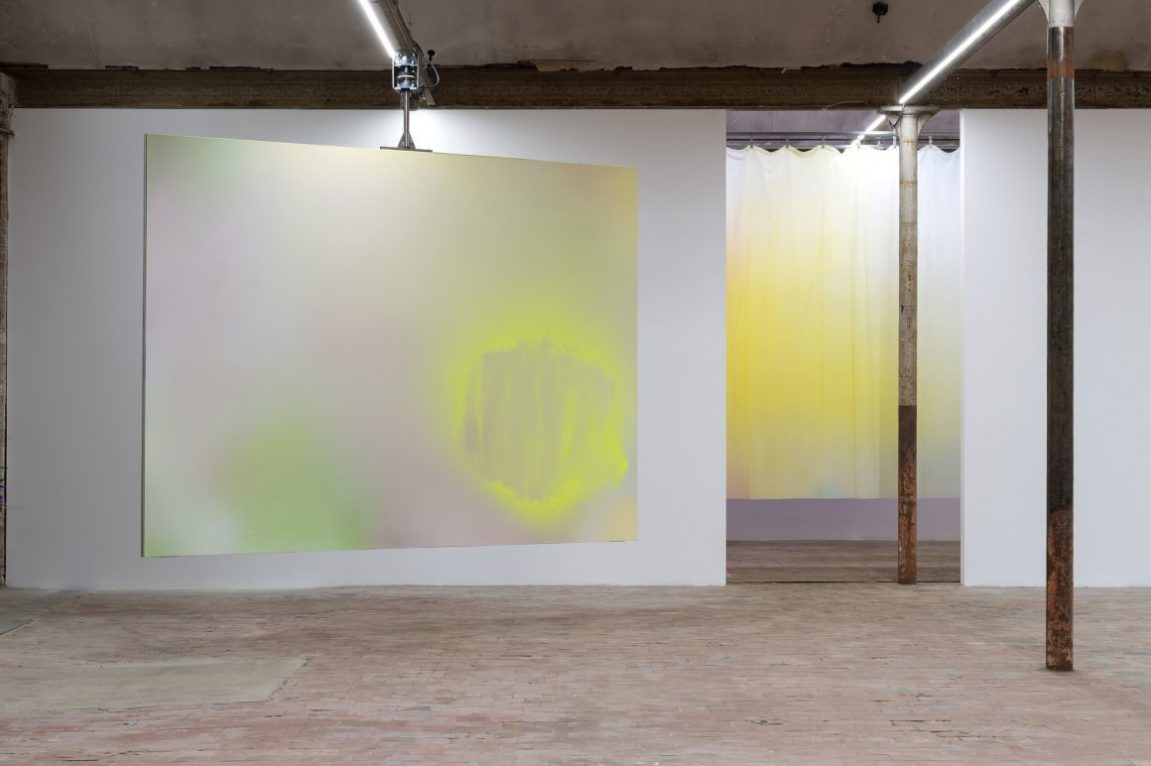
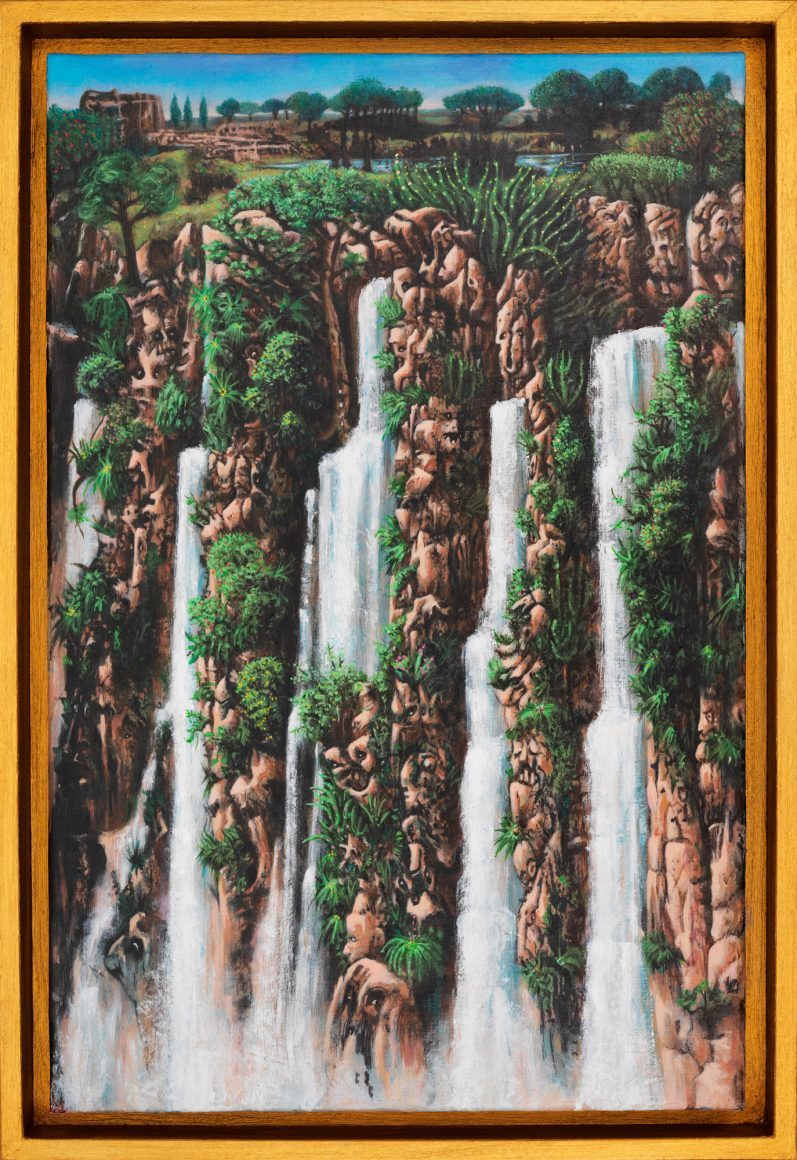





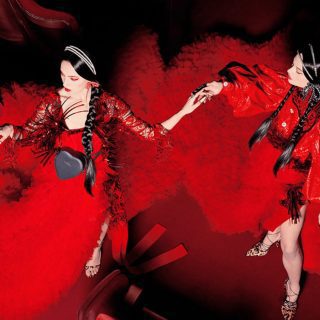
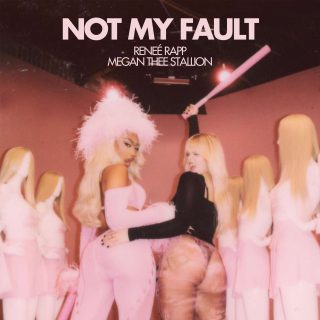



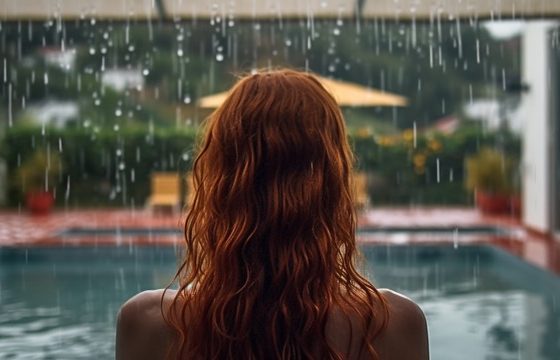
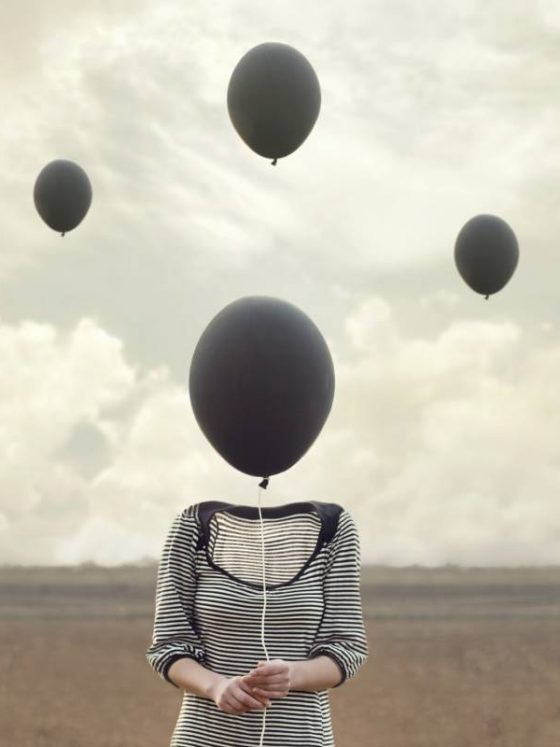
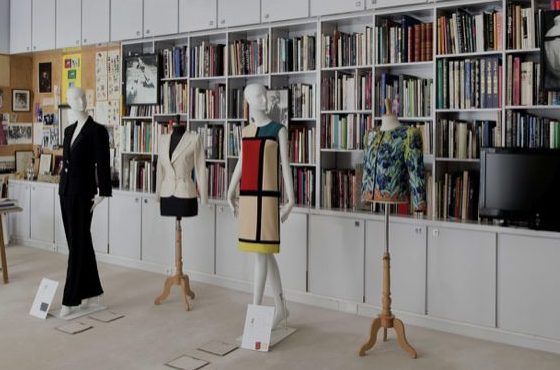
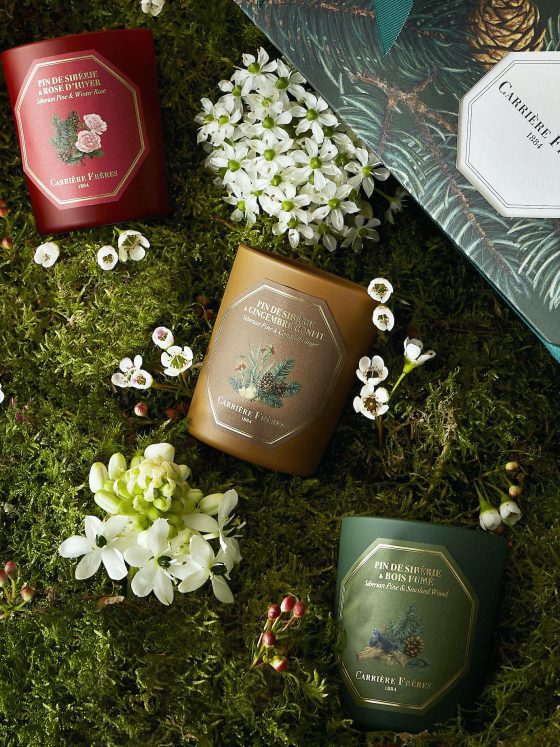

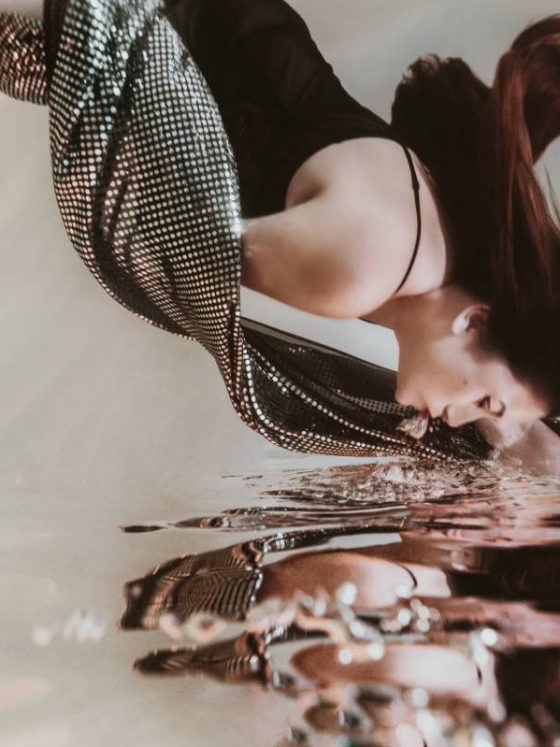
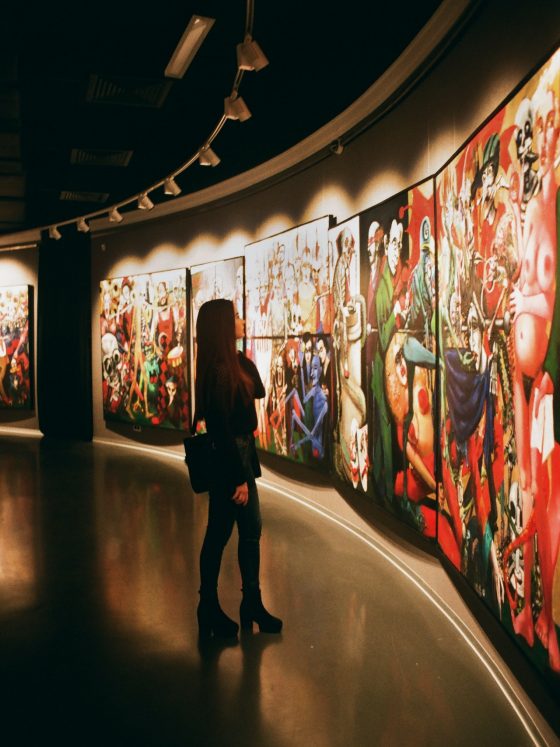
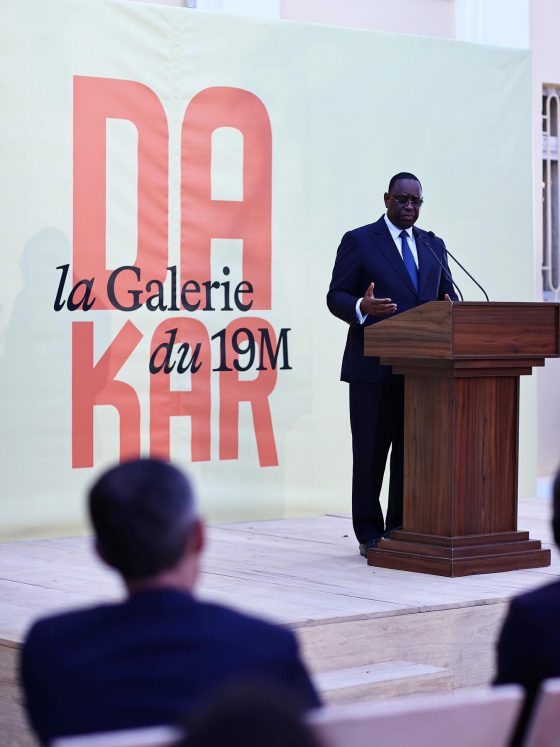
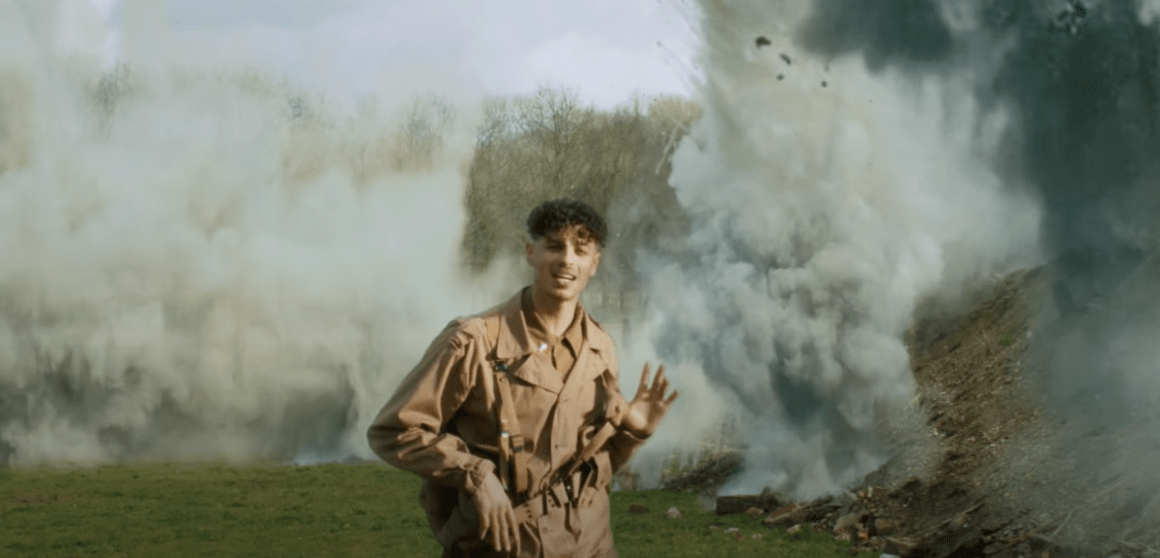
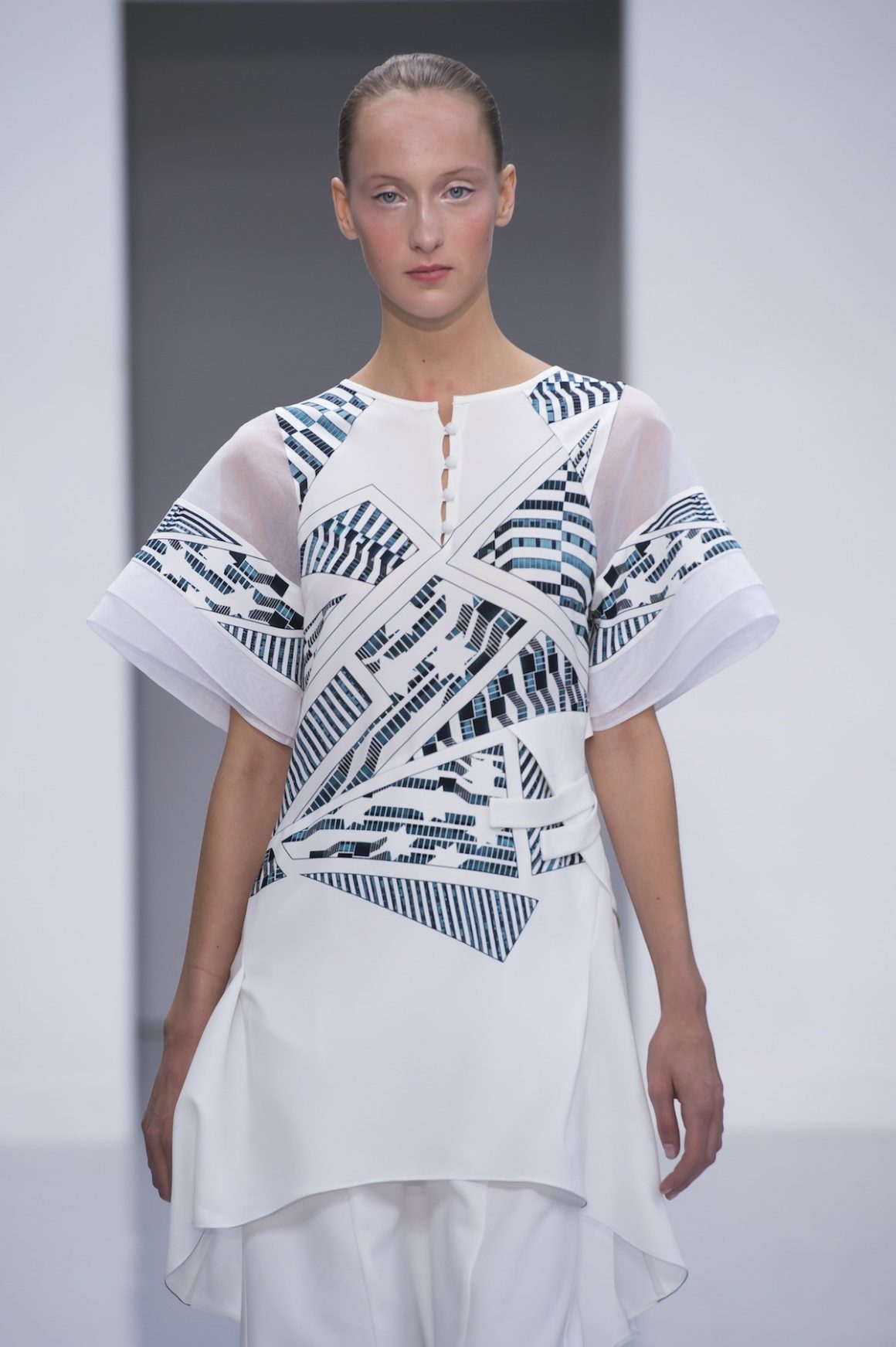
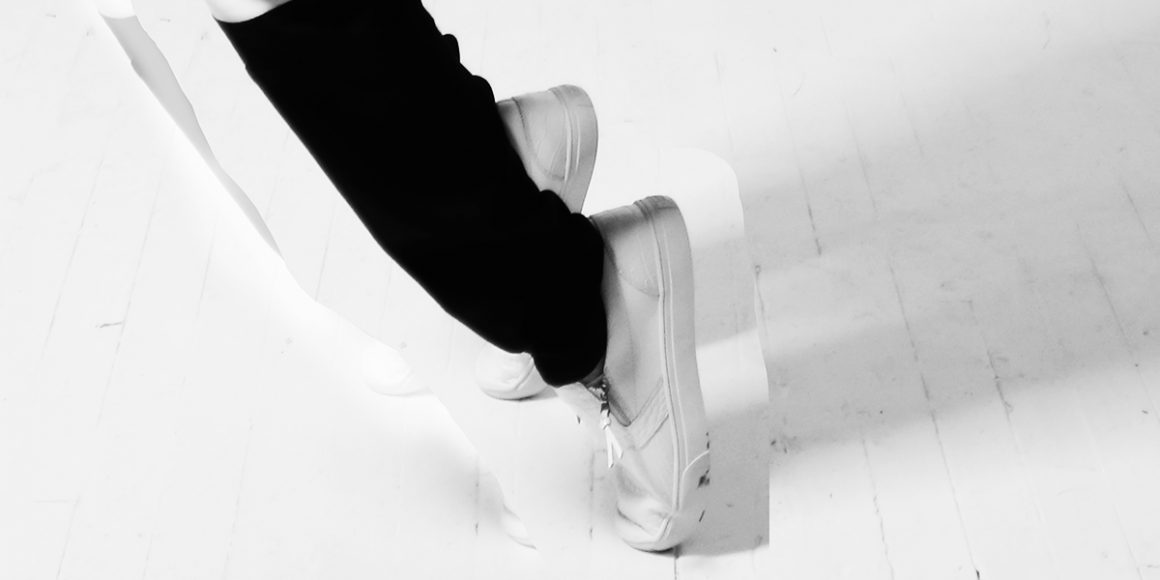
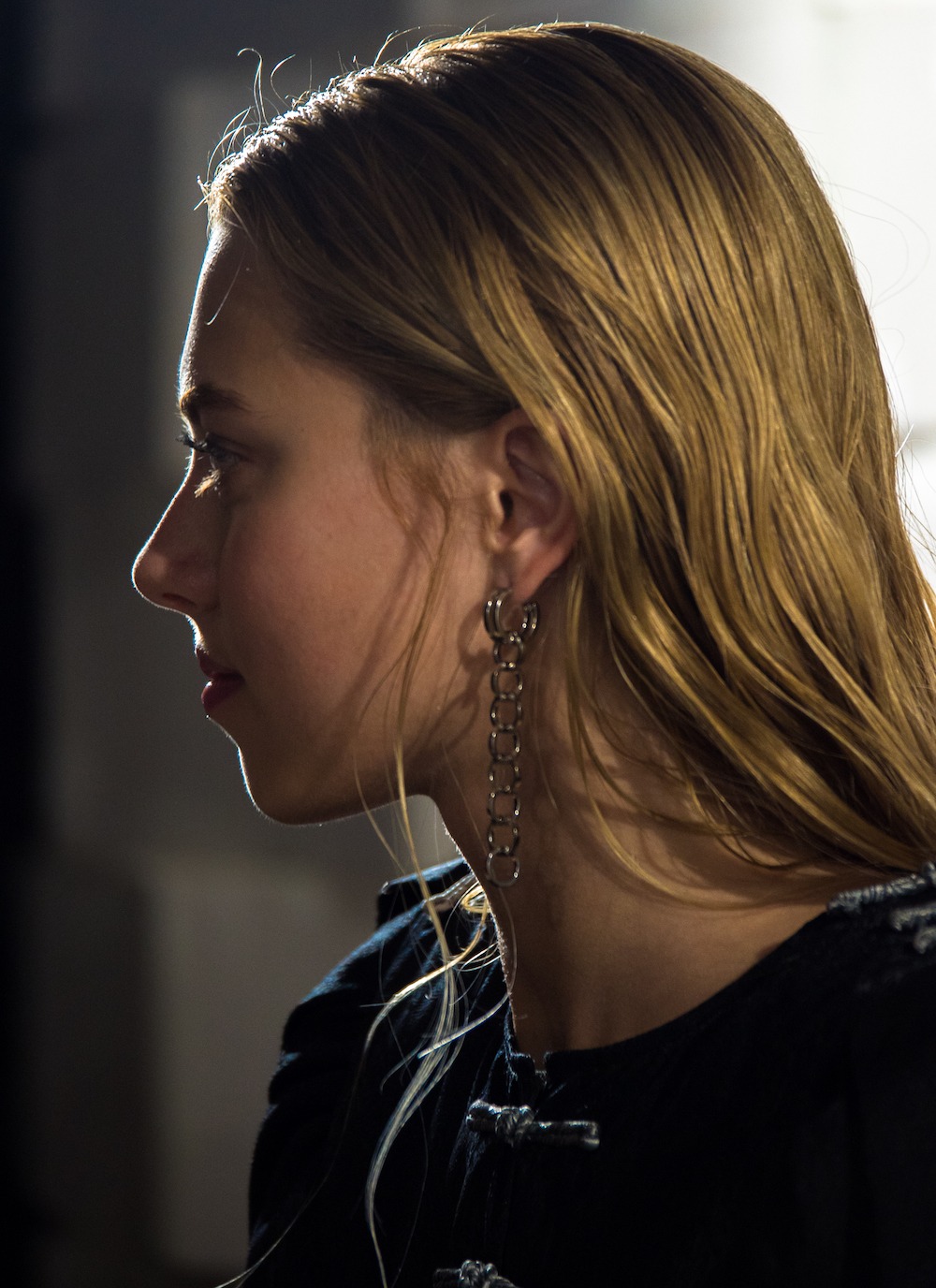
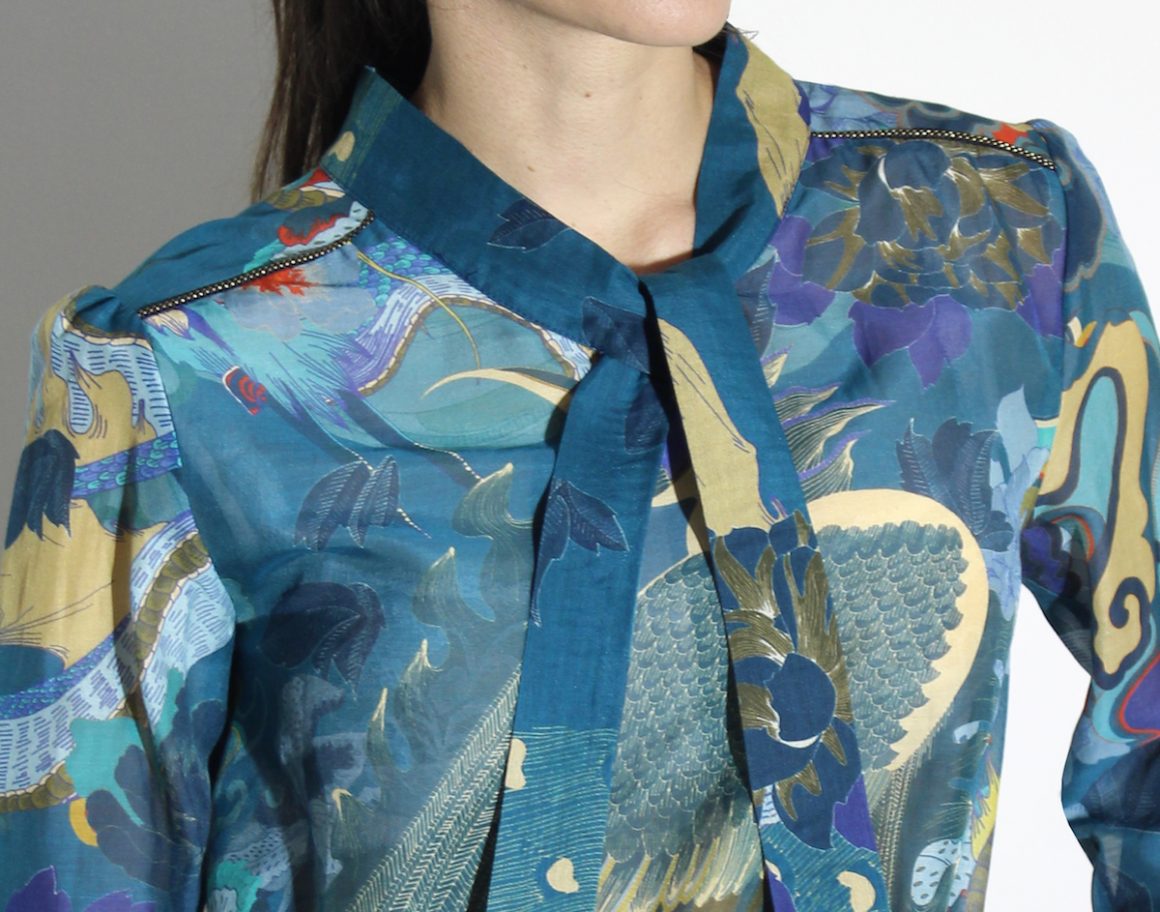

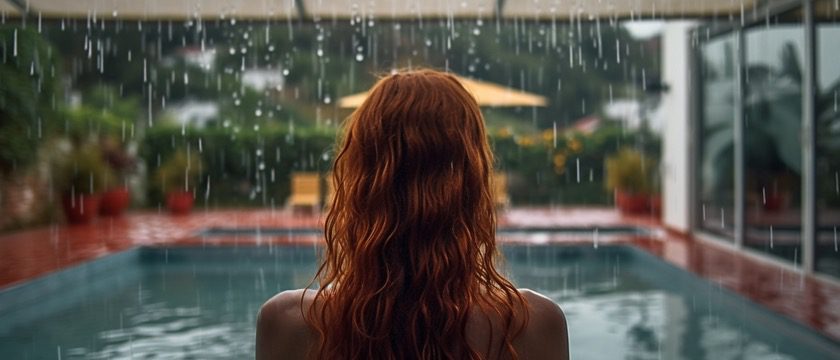
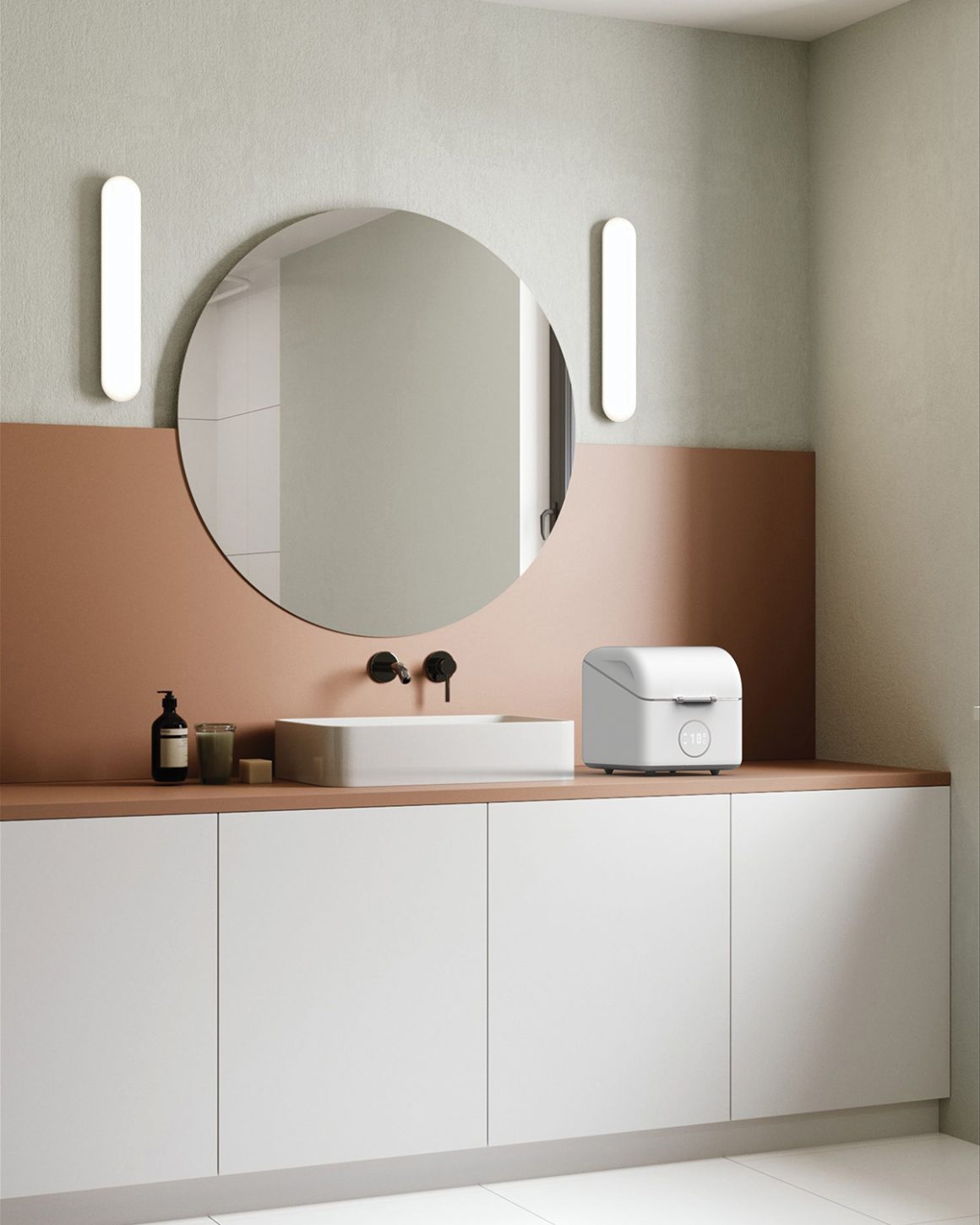
Follow us on Instagram